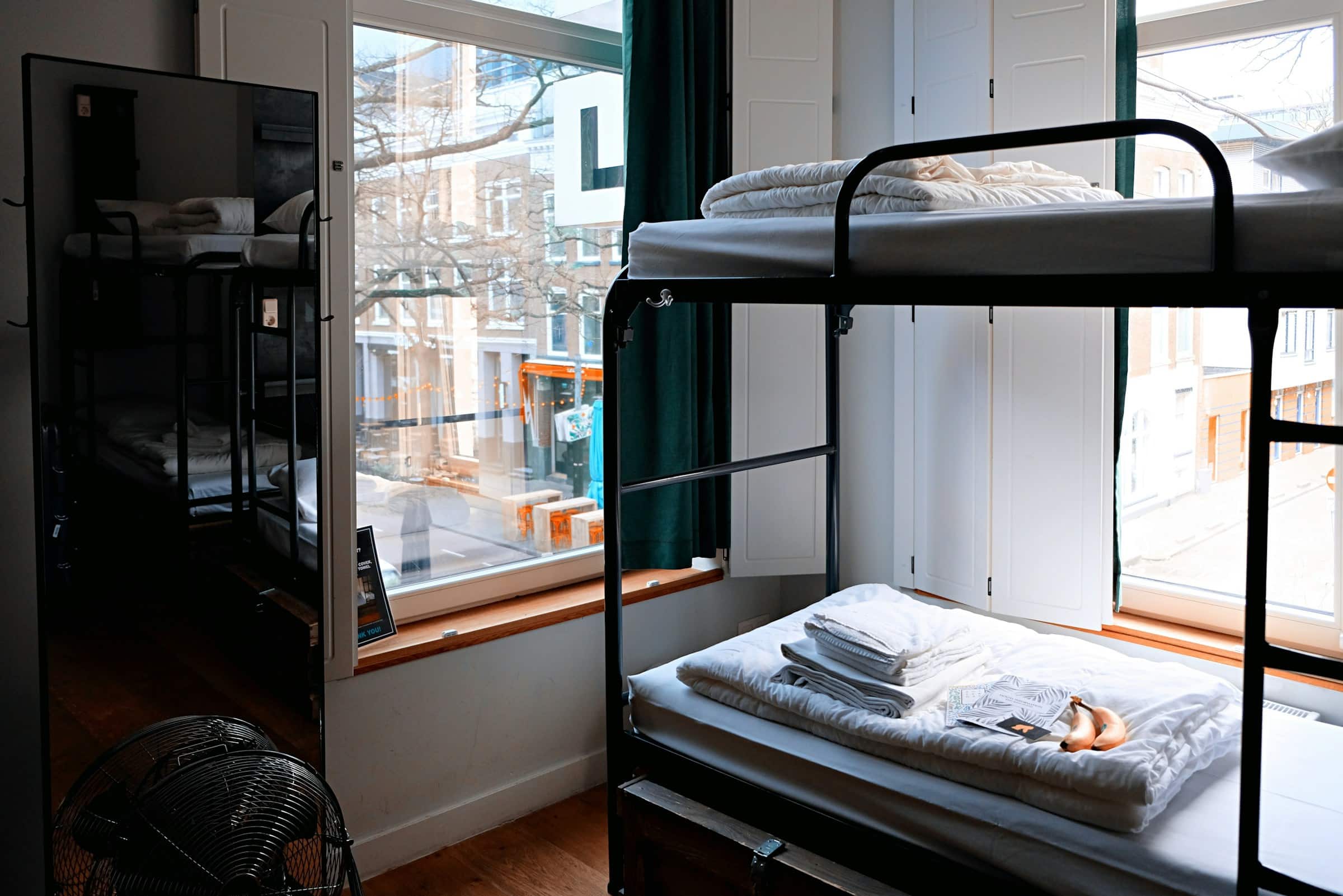In a world increasingly concerned about the state of our environment, the concept of sustainable living is garnering significant attention. One area where this trend is especially evident is in the housing sector. As a result, it is incumbent on all stakeholders, particularly in the realm of student accommodation, to adopt eco-friendly practices. This article will delve into the best sustainable practices for building student accommodations while considering the factors of energy efficiency, resource conservation, and the promotion of health and well-being.
The Importance of Sustainable Design in Student Housing
Design plays a central role in the sustainability of any building. For student accommodation, a well-thought-out design that incorporates green systems promotes not only environmental conservation but also the health and well-being of the residents.
A voir aussi : How to Use Predictive Maintenance in Commercial Real Estate Management?
Sustainable design entails the use of construction materials and techniques that minimize the environmental footprint of the building. For instance, using recycled or low-impact materials can drastically reduce the amount of waste generated during construction. Furthermore, a good design should incorporate elements that promote energy and water efficiency, such as natural lighting, efficient insulation, and water-saving fixtures.
Additionally, an eco-friendly design should facilitate a healthy living environment. This can be achieved by using materials with low volatile organic compounds (VOCs) and integrating features that promote physical activity, such as staircases and bicycle storage facilities.
A découvrir également : How to Manage Real Estate Assets in a Declining Market?
Achieving Energy Efficiency in Student Accommodation
Energy efficiency is a critical component of eco-friendly student accommodation. The building’s design, construction, and operation should be geared towards minimizing energy consumption while maximizing the use of renewable resources.
Incorporating systems such as solar panels or wind turbines can supply a significant portion of the building’s energy needs, reducing reliance on non-renewable sources. Additionally, installing energy-efficient appliances and lighting, as well as insulating the building properly, can significantly cut down on energy consumption.
Moreover, the use of smart systems can further enhance energy efficiency. These systems can monitor and control the usage of energy in the building, ensuring that unnecessary consumption is minimized. These are all factors that not only contribute to environmental sustainability but also result in substantial savings in utility costs.
Resource Conservation in Sustainable Student Housing
Apart from energy, a sustainable student housing development should also aim to conserve other resources, particularly water. Integrating green systems that minimize water usage and promote reutilization can make a significant difference in terms of sustainability.
Low-flow fixtures, rainwater harvesting systems, and greywater recycling systems are excellent tools for conserving water. Moreover, landscaping with native or drought-tolerant plants can also help reduce water consumption.
Furthermore, it’s not just about conserving water and energy – waste management is another crucial aspect of resource conservation. Implementing a robust recycling and composting system can help manage waste effectively and reduce the overall environmental impact of the building.
Creating a Healthy Living Environment
Sustainable student housing is not just about being eco-friendly; it’s also about promoting the health and well-being of its residents. A well-designed building can foster a healthy living environment through various means.
The use of non-toxic, low VOC materials during construction can significantly improve indoor air quality, reducing the risk of respiratory issues and other health problems. Moreover, ample natural light and access to outdoor spaces can reduce stress and improve mental health.
Additionally, incorporating fitness-friendly features such as fitness centers, open spaces for physical activities, and secure bicycle storage can encourage students to lead active lifestyles.
Building for the Future: The Role of Sustainable Construction in Student Housing
The construction phase of student accommodation also presents numerous opportunities for promoting sustainability. Adopting sustainable construction practices can greatly minimize the environmental impact of the building process.
This involves using construction methods and materials that are environmentally friendly. For instance, using prefabricated components can significantly reduce construction waste. Similarly, sourcing materials locally can lower the carbon footprint associated with transportation.
Moreover, involving the local community in the construction process can contribute to social sustainability by creating jobs and boosting the local economy.
Through these best practices, student housing can be transformed into an eco-friendly space that not only respects our planet’s resources but also fosters the health and well-being of its residents. As we continue to grapple with the effects of climate change and other environmental challenges, it’s crucial that we integrate these principles into our building practices. That way, we can ensure that our buildings – and in particular, our student accommodations – are sustainable now and will remain so into the future.
Incorporating Renewable Energy in Sustainable Student Housing
Harnessing renewable energy in student housing can significantly decrease the reliance on traditional power sources, reducing greenhouse gas emissions and slowing the pace of climate change. Renewable energy sources such as solar and wind power are an excellent way to provide energy to student accommodation while minimizing environmental impact.
Solar panels can be installed on rooftops or in open spaces to harness the sun’s energy, providing a natural way to power the building’s electricity and hot water. Moreover, wind turbines can be used in areas with strong wind currents as an additional or alternative form of renewable energy. The use of geothermal power, which involves harnessing the Earth’s natural heat, is another sustainable method of generating renewable energy for student housing.
Incorporating renewable energy systems in student housing also has economic benefits. While the initial installation costs may be higher, the long-term savings in energy costs make this a worthwhile investment. Furthermore, in many regions, excess energy generated by these systems can be sold back to the grid, creating an additional source of income.
Promoting Sustainable Lifestyle among Students
In addition to implementing sustainable design guidelines and green building practices, promoting a sustainable lifestyle among students is equally important. This can be accomplished through a variety of means, such as educating students about the benefits of sustainable living and providing them with the tools and resources to make eco-friendly choices.
One effective strategy is to install information boards or digital screens in common areas that provide energy saving tips, recycling instructions, and other sustainability-related information. Regular workshops or seminars on topics like energy conservation, waste management, and composting can also be conducted.
Furthermore, technology can play a key role in promoting sustainable habits. For instance, smart meters can provide students with real-time feedback on their energy consumption, encouraging them to be more conscious of their usage habits.
The promotion of a sustainable lifestyle not only contributes to the overall eco-friendliness of the student housing but also fosters a sense of responsibility among students towards their environment.
In Conclusion: Building Sustainable Student Housing for the Future
As the world continues to face the consequences of climate change, it is clear that sustainable practices need to be adopted in all aspects of life, including student accommodation. From energy-efficient design to the use of renewable energy, and from resource conservation to the promotion of a sustainable lifestyle, there are numerous ways in which student housing can contribute to the goal of sustainability.
Building sustainable student housing is not just about creating eco-friendly buildings; it’s about shaping the next generation’s attitudes towards the environment. By providing students with a living environment that embodies sustainability, we can inspire them to make eco-friendly choices in their own lives, spreading the concept of sustainable living beyond the confines of student housing.
While the journey towards sustainable student housing will require considerable effort and investment, the end result – healthier living environments, more efficient use of resources, and a significant reduction in our environmental impact – will make it all worthwhile. The future of student housing lies in sustainability, and it is our responsibility to ensure that we rise to meet this challenge.











